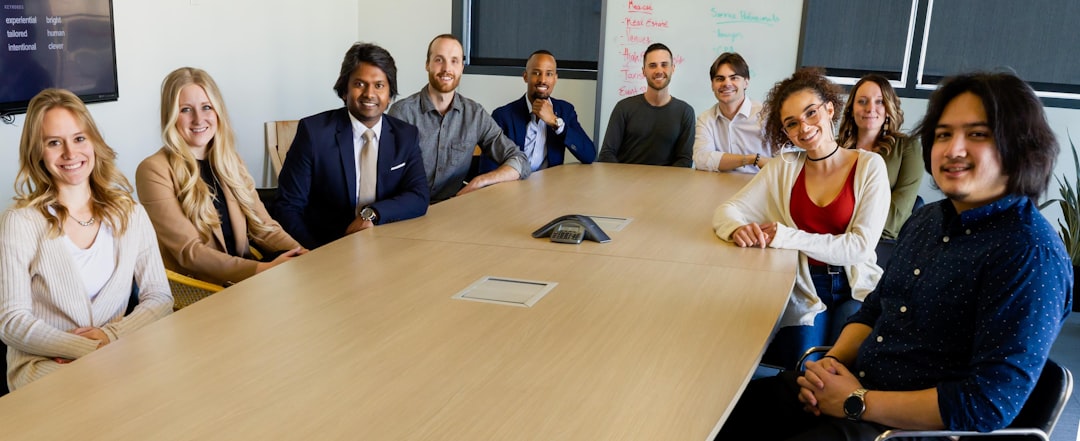In an economy that is rapidly evolving due to technological advancements, globalization, and shifting consumer demands, employers are placing a growing premium on creativity in the workplace. The ability to think outside the box, solve problems in innovative ways, and adapt to new circumstances has become a critical asset for organizations seeking to remain competitive. As a result, businesses across multiple sectors are actively seeking employees who bring both technical expertise and creative thinking to the table.

For years, creativity was commonly associated with industries like design, advertising, and the arts. However, today’s market has redefined what it means to be creative. Now, engineers, marketers, healthcare professionals, IT experts, and even accountants are expected to contribute innovative solutions that improve efficiency, enhance customer experience, or disrupt traditional practices in meaningful ways.
Why Creativity Is in High Demand
Several factors have contributed to this shift:
- Automation and AI: As machines take over repetitive and routine tasks, the uniquely human trait of creative thinking becomes more valuable.
- Complex Problem Solving: Today’s challenges are multifaceted and often require approaches that combine logic with originality.
- Consumer-Centric Innovation: Modern consumers expect new, personalized experiences. Creativity fuels the development of solutions that meet these evolving expectations.
According to a report by the World Economic Forum, creativity will be among the top five skills needed in the workforce by 2025. This includes not only artistic creativity but also strategic thinking, emotional intelligence, and the ability to connect seemingly unrelated ideas. Employers are beginning to recognize that these capabilities can foster long-term growth and resilience against disruption.
Industries Embracing Creative Talent
Some of the sectors now actively hiring creative professionals include:
- Technology: From UI/UX design to software development, technology companies seek inventive minds who can turn complex data into intuitive, engaging experiences.
- Healthcare: Medical innovation, public health outreach, and patient-centric approaches benefit greatly from creative problem-solving.
- Finance: Creative thinking in finance leads to better risk modeling, investment strategies, and customer service solutions.
- Retail and e-Commerce: Personalization, branding, and experiential shopping depend heavily on original approaches and fresh thinking.

Characteristics of a Creative Workforce
While there’s no single formula for cultivating creativity, certain traits are commonly found among creative professionals:
- Curiosity: A constant desire to learn and explore new ideas.
- Adaptability: Comfort with change and willingness to try new approaches.
- Collaboration: The ability to work with diverse teams and share ideas freely.
- Persistence: Commitment to refining ideas despite setbacks or failure.
Employers are starting to incorporate these traits into their recruitment processes, emphasizing problem-solving scenarios in interviews and seeking individuals who bring a unique perspective to the workplace.
Fostering Creativity Internally
It’s not enough to hire creative individuals — businesses must also cultivate an environment that fosters ongoing innovation. Some effective strategies include:
- Flexible working conditions that encourage autonomy and experiment-driven projects.
- Cross-disciplinary collaboration that blends different perspectives and areas of expertise.
- Leadership support for risk-taking and new ideas, even if they sometimes fail.
- Ongoing training in emerging tools and creative methodologies.
Google, for instance, is well-known for giving employees “20% time” to pursue passion projects — a policy that has led to innovations like Gmail and Google Maps. Similarly, companies like Adobe and IDEO incorporate design thinking and scenario planning into their daily operations.
Preparing for the Future
As the demand for creativity increases, so does the need for educational institutions and training programs to adapt. Schools, colleges, and corporate learning platforms are increasingly integrating creative problem-solving, interdisciplinary projects, and digital media literacy into their curricula. The focus is shifting from rote memorization to developing critical thinking and innovation skills.
For job seekers, developing a strong creative portfolio — regardless of industry — can be a key differentiator. Telling the story of how you’ve solved problems in novel ways, led collaborative projects, or introduced new processes can be more compelling than a traditional résumé alone.
The bottom line: Creativity is no longer a “nice to have” — it’s a critical currency in today’s job market. As businesses navigate an unpredictable future, they’re looking for people who can imagine, design, and implement the solutions of tomorrow. Whether you’re an employer or an employee, now is the time to embrace creativity as a powerful tool for progress and success.
